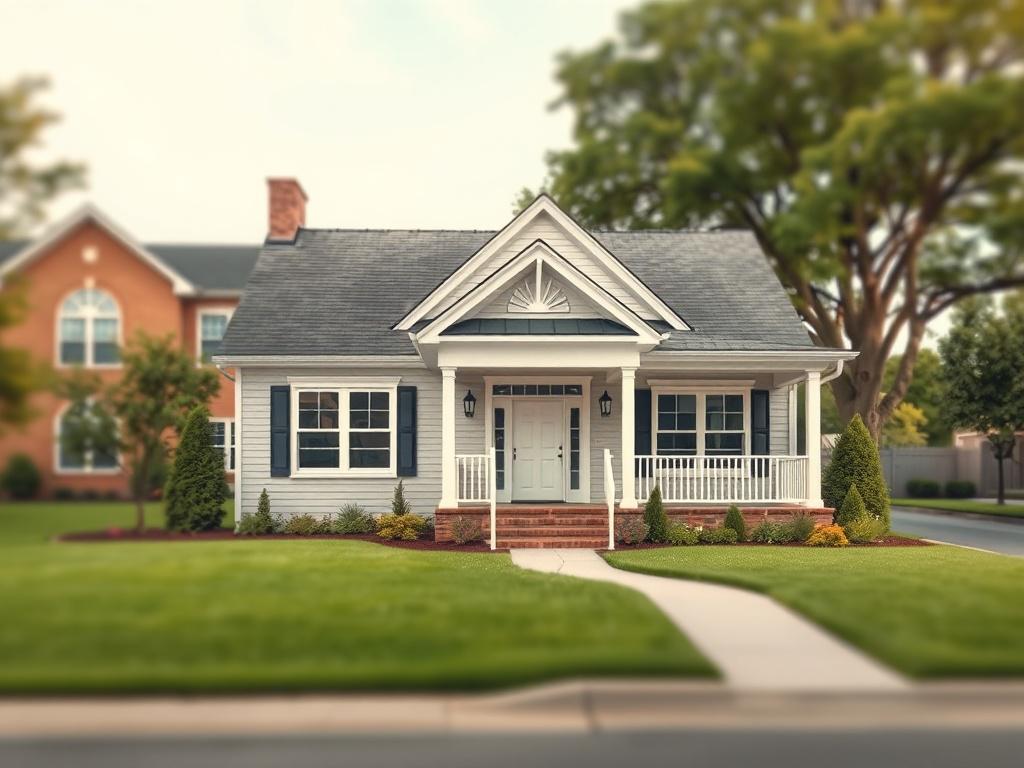
For many Australian families, securing a home within a top-performing public school zone is a crucial aspect of their property search, often rivaling considerations like bedroom count or proximity to public transport. The appeal of quality education drives buyers to invest significant financial resources into these sought-after areas, with recent data revealing eye-watering premiums that can reach six figures. As families weigh the benefits of living in these high-demand catchments, the price tag often raises questions about the long-term value of such investments.
The allure of prestigious schools extends beyond just the classroom; it encompasses lifestyle, community, and future financial implications. However, while many families are willing to pay a premium for access to elite education, new insights suggest that the anticipated capital growth may not always align with their expectations. In this blog post, we will explore the staggering premiums buyers are willing to pay, evaluate the long-term value of investments in school catchment areas, and assess whether the benefits of being in a top-performing school zone outweigh the associated costs.
Understanding the allure of top-performing school zones for Australian families
For many Australian families, securing a spot in a top-performing public school is a top priority, often ranking alongside essential factors like the number of bedrooms or proximity to public transport. Parents recognize that a strong education can significantly impact their child's future opportunities, driving the demand for homes situated within coveted school catchment zones. Consequently, these areas have seen a surge in interest from homebuyers who view access to elite schools as a long-term investment in their children's education and overall well-being.
However, this desire for quality education comes at a steep price. New data indicates that buyers are willing to pay astonishing six-figure premiums simply to reside within high-demand school zones. In Sydney, for instance, homes within the combined catchments of Killara High, Willoughby Girls, and Lindfield Learning Village reflect a staggering $1.3 million price difference compared to similar properties located outside these zones. Such significant premiums highlight the lengths families will go to secure educational advantages for their children, illustrating how access to quality public schooling has become a key driver in today’s real estate market.
The staggering premiums: How much are buyers really paying for access?
Buyers are increasingly willing to pay hefty premiums to secure a home within the catchment areas of top public schools. Recent data from Cotality highlights that in some instances, these premiums soar into the six-figure range. For example, a staggering $1.3 million difference was observed in Sydney, where properties near highly sought-after schools such as Killara High and Willoughby Girls were nearly 40 percent more expensive than similar homes just outside the zone. Melbourne also showcases significant gaps, with homes in the catchments for Princes Hill and University High School fetching a premium of $357,000 compared to nearby properties that are not within the boundary.
This willingness to pay soaring premiums stems from a combination of factors, including the desire for quality education and the lifestyle appeal associated with top schooling areas. While school zones undeniably influence property prices, they often reflect more than just educational access. Proximity to transport, attractive amenities, and the higher average incomes of residents play a role in these staggering premiums. For many families, the financial justification for investing in a coveted school catchment home is rooted in the long-term savings on private school fees, which can total over $349,000 per child for thirteen years of education. Accordingly, families consider the upfront cost a worthwhile investment, aiming to secure both educational opportunities for their children and potential future stability in their property value.
Evaluating long-term value: Are school catchment investments worth the cost?
Investing in homes situated within high-demand school zones often seems like a logical choice for families, as access to a top-performing school is a significant priority. However, the data reveals a more complex picture regarding long-term capital growth. In many instances, the appeal of exclusive catchments doesn’t translate into the anticipated financial returns. For instance, homes within the North Shore's sought-after catchment experienced a 126% growth over 15 years, which, while substantial, fell short compared to the 150% growth of nearby properties outside the zone. Similarly, in Melbourne, properties within the Princes Hill and University High catchments recorded only 82.6% growth over the same period, while homes just outside delivered a more impressive 106.3%. This indicates that while families may pay a considerable premium for entry, they should be mindful of the potential for lower returns on their investment.
Furthermore, buyers must also consider the longer-term implications of their premium investment. While average property values within premium school zones tend to be higher, the long-term appreciation may not keep pace with local market trends, especially as buying power diminishes due to increasing prices. For many families, the reality is that the cost of living in a desirable school catchment may outweigh the potential financial benefits. It’s essential for families to weigh their priorities carefully—whether the appeal of securing a quality education for their children aligns with their long-term financial goals. Ultimately, the decision should reflect a balance between education, lifestyle, and economic viability, examining whether the upfront investment in a school catchment will deliver the expected returns or if adjacent areas present a more practical financial option.